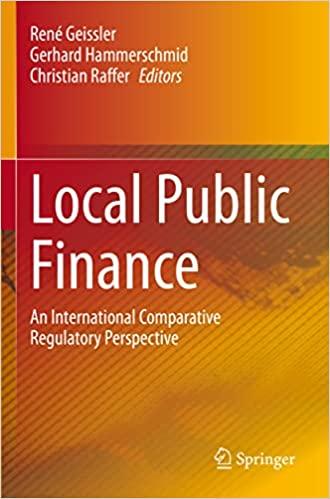Problem 1. Forecasting (19 points) Garlington Technologies Inc.s 2016 financial statements are shown below Balance Sheet as of December 31, 2016 Cash Receivables Inventories S 280,000 Accounts payable 560,000 Notes payable 120,000 820,000 Accruals 180,000 Total current assets $1,660,000 Total current liabilities 456,000 1,040,000 Long-term debt Fixed assets 700,000 1,300,000 244,000 $2,700,000 Total liabilities and equity $2,70000 Common ssock Retained carnings Total assets Income Statement for December 31, 2016 Sales Operating costs 3.279.720 $3,600,000 S 320,280 18.280 Interest Pre-tax camings $ 302,000 Taxes (40%) Net income Addition to RE Dividends S 181.200 73,200 s 108,000 Forecast the financial statsments (BOTH the balance sheet and the income statement) using the forecasted financial statement method and all the information below. Show the amount of financing neoded (ie. increase in notes payable) to support growth in sales. You can use the AFN equation for forecasting the financing need, as long as you make the nocessary adjustments for various changing ratios. -Suppose that in 2017 sales increase by 10% over 2016 sales and that 2017 dividends will double 10 5216,000. Assume the firm operated at 90% of capacity of its fixed assets in 2016. assets, If no extra fixed assets are required, the Ein therewiredioeloffisal fixed assets category on the balance sheet remains in operational efficiency will result in reduced operating costs relative to sales: Operating Costs2017 .85% Sales 2017 - The firm operates all its current assets at full capacity, therefore they will grow proportional to the sales on the pro forma balance sheet. Use an interest rate of 10%, and assume that any new debt will be added at the end of the year (so forecast the interest expense based on the debe balance (LTD+NP) at the beginning of the year). Assume that the all new debt will be in the form of a notes payable. No new common equity will be issued. Calculate ROF for 2016 and 2017 using DuPont equation (its full form). What is the driver behind increasing ROE: cost controls (PM), efflective asset management (TATO) or financial leverage (EM)







